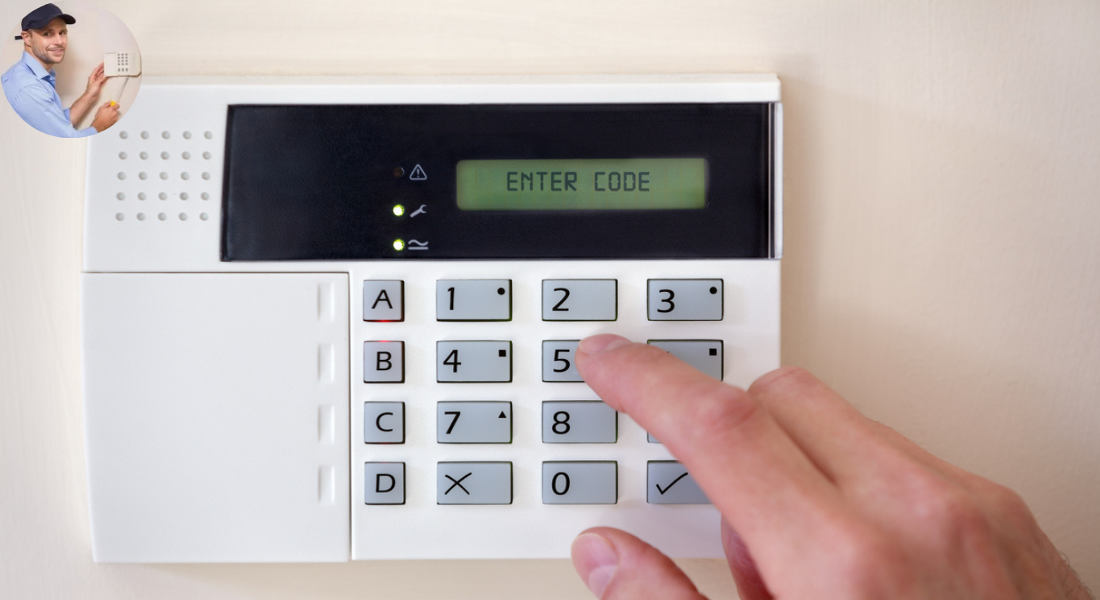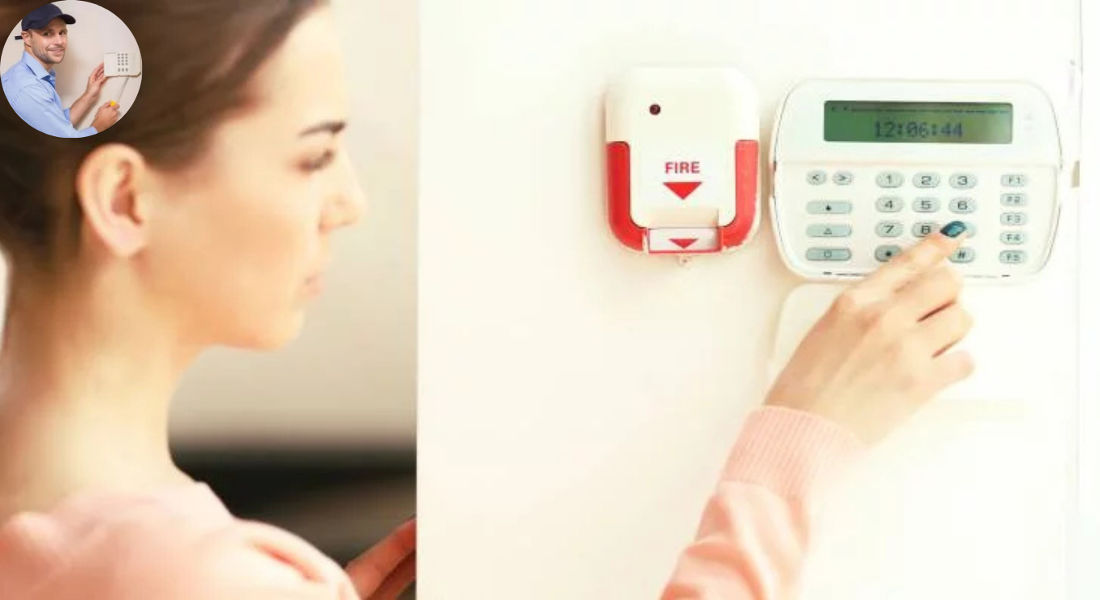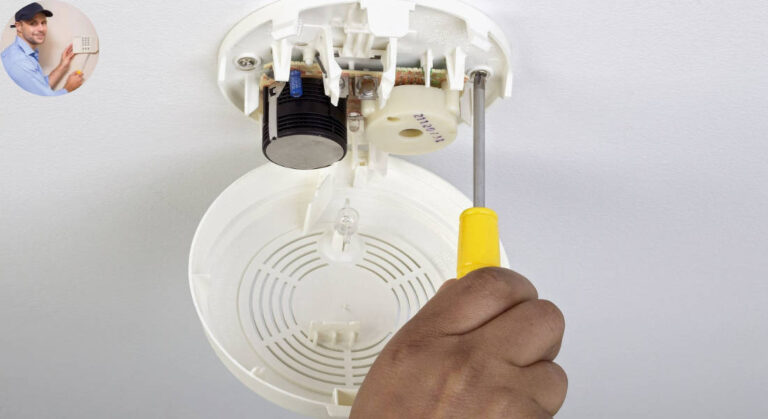When an alarm’s battery starts to run low, the system typically gives you clear warning signs before it stops working altogether. Most alarm systems are designed to alert users with persistent beeping or chirping sounds, often triggered during automatic battery tests that occur every 24 hours.
The importance of a functioning alarm
A functioning alarm system is crucial for home security. It serves as a deterrent to potential intruders, making your property less appealing for break-ins. When alarms are operational, they provide immediate alerts during emergencies.
It is possible to save lives and minimize damage by detecting these hazards early.
This added layer of convenience gives peace of mind when you’re away from home.
Regularly checking that your alarm system works ensures it’s ready when needed most. A reliable alarm isn’t just an accessory; it’s a vital element in safeguarding your family and belongings.
Signs of a low battery
Low battery alerts can manifest in various ways. One of the most common signs is a persistent chirping sound from your alarm system. This annoying beep often indicates that the battery needs attention.
If you notice an unusual flicker or steady glow, it’s time to check those batteries.
Some alarms may display error messages on a digital screen. These prompts are direct signals for maintenance and shouldn’t be ignored.
Staying alert to these signs can help ensure your home remains safe and secure at all times. Regular checks can make all the difference when it comes to precautionary measures against potential threats.
You may also read (can i move my sky q box to a different house).
Common types of alarms and their batteries
Home security systems often come with various types of alarms, each requiring specific batteries to function effectively.
Smoke detectors usually rely on 9-volt batteries or lithium-ion options that can last several years. A low battery in these devices can lead to annoying chirping sounds, alerting you to replace it.
Carbon monoxide detectors also typically use 9-volt batteries but may have models powered by AA cells. These alarms are crucial for safety since a dead battery could result in undetected CO buildup.
Burglar alarms and motion sensors often feature rechargeable batteries or long-lasting lithium packs. Depending on the brand, some might even connect directly to your home’s electrical system as a backup option.
Understanding which type of alarm you have helps ensure proper battery maintenance, so they remain functional when needed most.
Potential consequences of a low battery alarm
A low battery alarm can lead to a host of issues that compromise your safety. When the power source dwindles, the effectiveness of your security system diminishes. In critical situations, it may not respond promptly.
Imagine arriving home only to find that your alarm failed to activate when it should have. Leaving for an extended period of time makes this scenario particularly alarming.
These annoying sounds can disrupt peace and quiet in your home while signaling an urgent need for attention.
In some cases, a dead battery could cause complete system failure. In such instances, you might believe you’re protected—only to discover otherwise too late.
Ignoring these signs isn’t just inconvenient; it’s potentially dangerous. Taking action is essential to ensure ongoing protection from threats.
You may also read (the role of a vestibule in modern home design).
How to replace an alarm battery
Replacing an alarm battery is a straightforward task that anyone can tackle. First, gather your tools—a fresh battery and perhaps a screwdriver, depending on your alarm model.
Start by locating the alarm unit. Most models have a cover or panel that protects the battery compartment. Gently remove this part to access the old battery; some alarms may require unscrewing.
Carefully take out the drained battery. Pay attention to its orientation, as you’ll need to place the new one in the same way. Insert the replacement securely into its slot.
After securing everything back in place, test your alarm to ensure it’s functioning properly. A quick press of the test button will confirm if it’s working as intended. This simple process can help keep your home safe and sound with minimal hassle.
Maintenance tips for keeping your alarm in top shape
Keeping your alarm in top shape is essential for ensuring its reliability when you need it most. Maintaining your system regularly can extend its life and prevent unexpected problems.
Start by testing your alarm monthly to ensure that it responds correctly. Simply press the test button; if it sounds, you’re good to go. If not, check the battery or consult the manual for troubleshooting steps.
Dust and debris can affect sensor performance. Wipe down any exposed surfaces with a soft cloth and avoid using harsh chemicals that could damage components.
Make sure to keep an eye on expiration dates for any batteries used in your alarms. Remember, even rechargeable batteries have a lifespan that diminishes over time.
If you’ve moved into a new home, consider replacing all existing alarm batteries right away for peace of mind. It’s also advisable to upgrade older systems that may not meet current safety standards.
Schedule professional inspections periodically. Experts can identify potential problems before they escalate into something more serious. Taking these proactive measures helps ensure your home remains safe from threats while keeping alarms fully functional and ready when needed.
You may also read (what documents do i need when buying a house in the uk).

